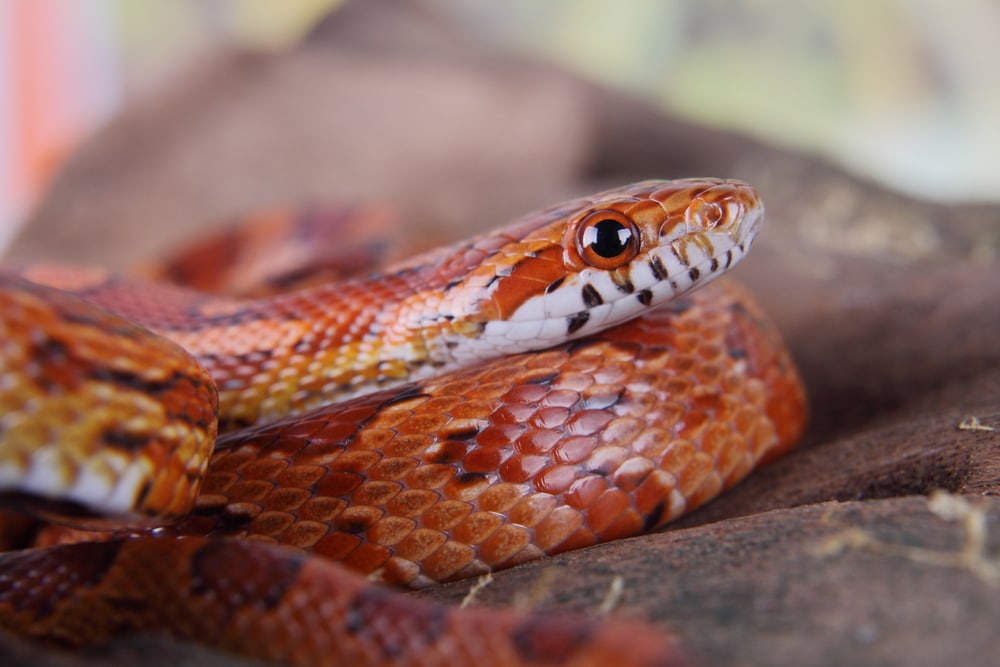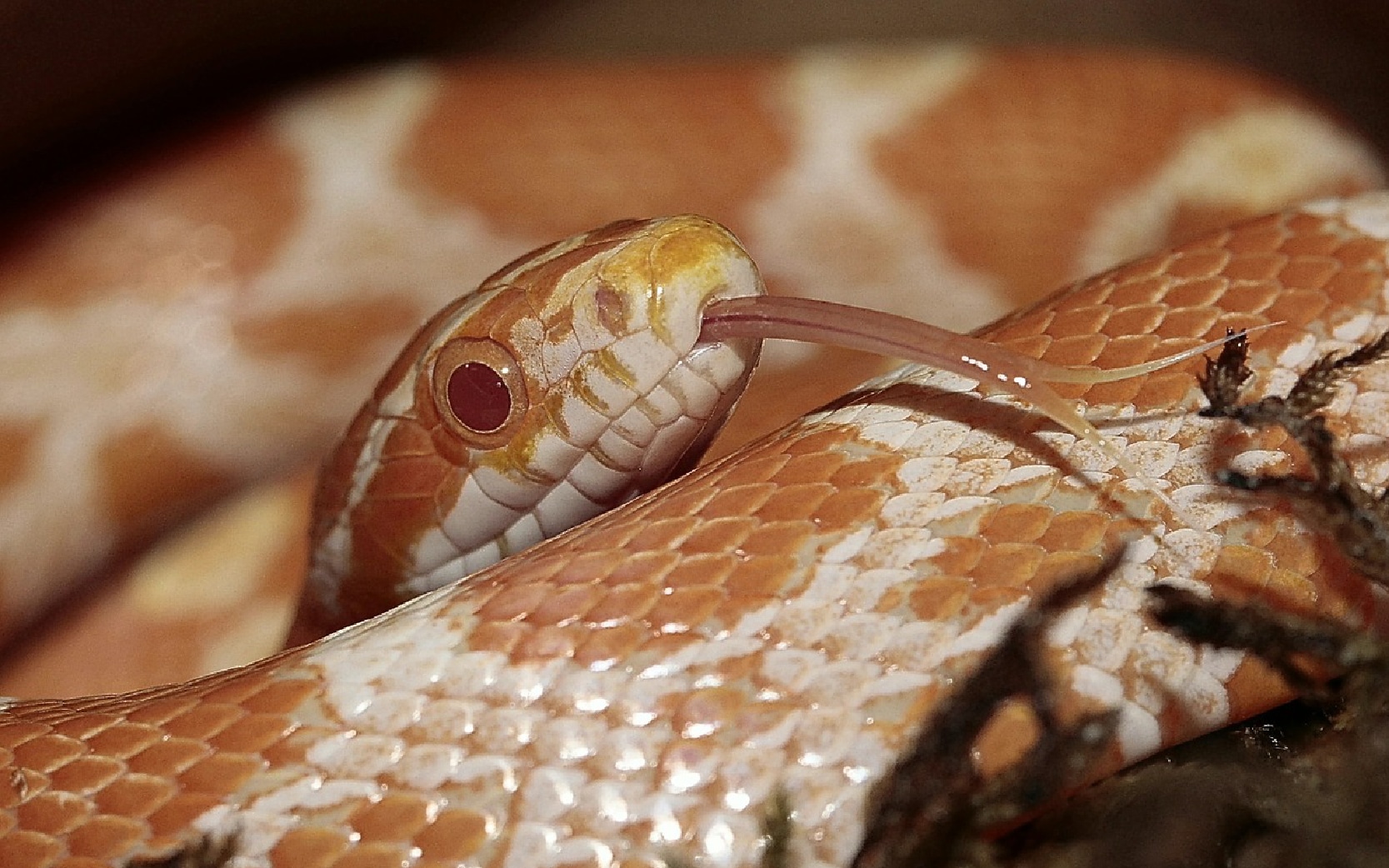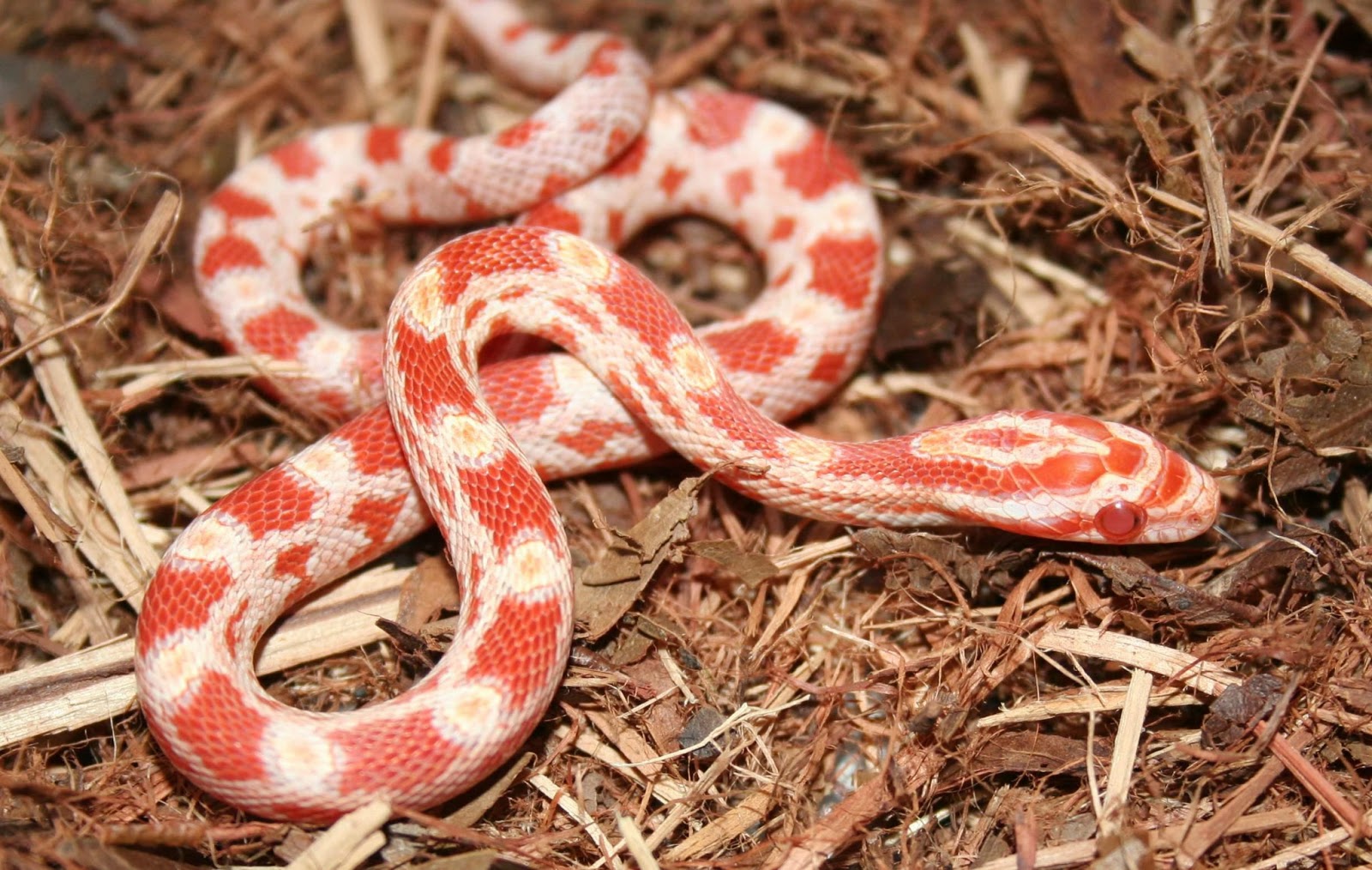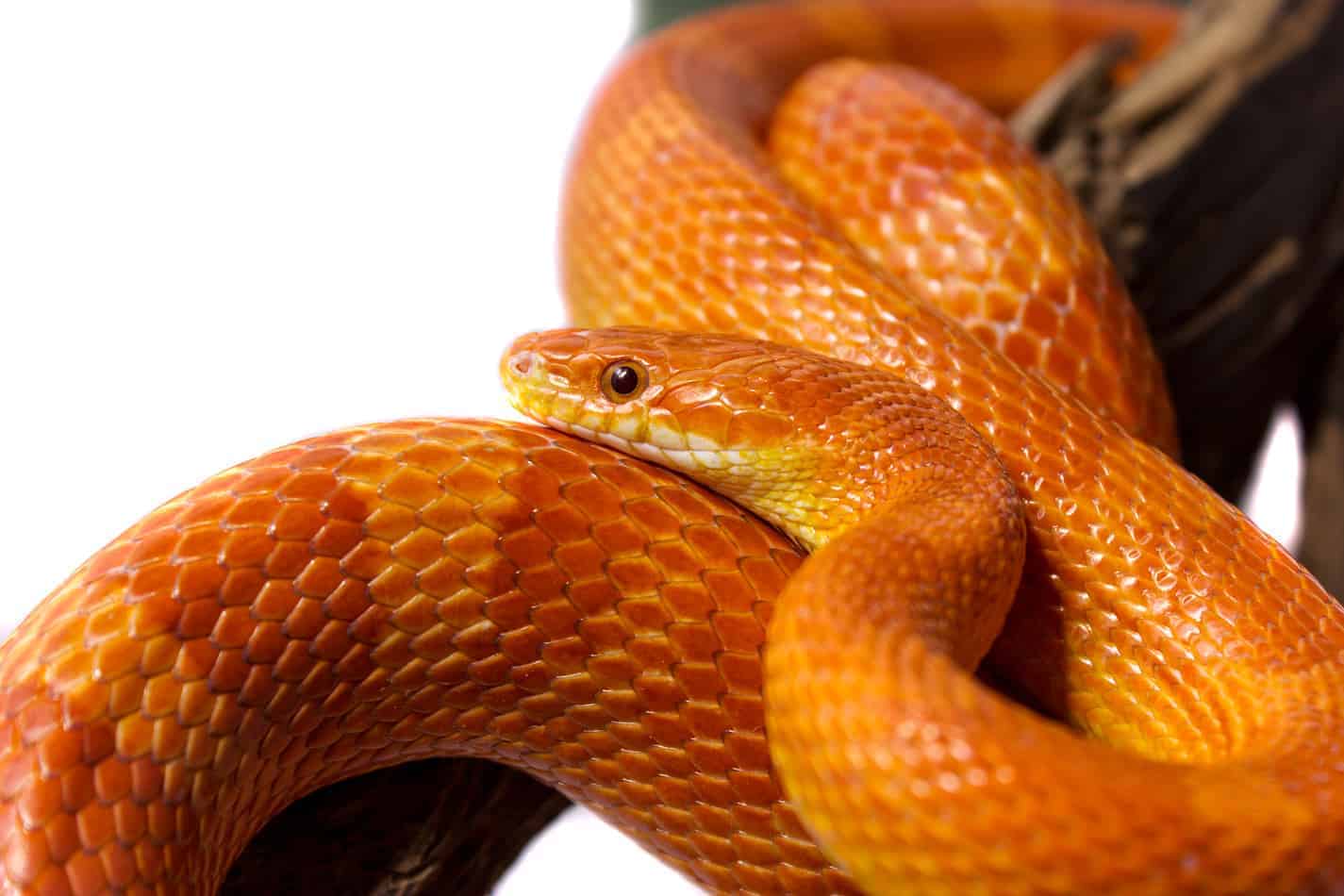Heartwarming Info About How To Look After Corn Snakes

You need to figure out how to look after a corn snake, too.
How to look after corn snakes. Corn snake morphs are the exquisite outcome of expert genetic breeding. Corn snake adults can get to be as big as 5 feet (1.4m) long. In fact, fading colors is one of the methods that are used to tell the age of a snake.
We’ll explain some of the things that make corn snakes so well suited for captivity and the things you’ll need to do to take care of your very own snake below in our corn snake care guide. Their skin should be smooth without blisters. Most corn snakes look their absolute best in the juvenile stage, so you can easily choose a snake that you find aesthetically pleasing.
Ultraviolet and infrared lighting it's nice to be able to see your snake and enjoy its coloration to the max, so we then installed an ultraviolet light to illuminate the enclosure during the day and an infrared light to enjoy the snake at night. This is a guide so do your own research before getting a corn snake. If you live in an area where both copperheads and corn snakes are found, here are a few ways you can tell the difference:
Watch our video with lots of information about how to set up a vivarium for a corn snake properly. The enclosure can be either a tank or vivarium. Tank mates like many snakes, corn snakes are not social animals.
To ensure normal behaviour and to be protected from harm. Biology corn snakes occupy a large range of habitats in the wild but they are named for their tendency to be found in Therefor, it is important you only keep one snake per enclosure.
The first is to look for an alert snake with clear, bright eyes, that is actively flicking its tongue. A corn snake's lifespan is around 10 to 15 years. Adult corn snakes measure between 61 and 182 cm and live for 10 to 15 years in captivity.
They're more likely to head for the warm, dark hiding spots of your sleeves and collars or openings in shirts and blouses but can be gently guided if they're heading in a worrying direction. While they attain the same length as another popular pet snake, the ball python, it’s important to note that corn snakes have much more slender bodies. For starters, don’t bring home a boa or python right out of the gate.
1 get the right sized tank for your snake. Find out more about this type of snake and what kind of. A corn snake’s colors will still darken and change with age.
You may not need a 20 gallon (75.7 l) enclosure for a hatchling, but eventually you will. However, this doesn’t imply that they should be subjected to unsuitable environments. How to care for a corn snake watch on all about corn snakes healthy corn snakes flick their tongue frequently and have clear, bright eyes.
If you keep more than one in a tank you can end up with bullying/fighting that can end in serious injuries, sickness, and death for one or both of the snakes. Corn snakes are remarkably resilient and can endure suboptimal conditions better than many other snake species. We’ll show you how to brumate and mate your snakes, how to collect and incubate the eggs, how to care for the hatchlings, and how to recuperate your snakes once the breeding season is over.
















/corn-snake-from-the-lower-florida-keys-530475947-588124bc5f9b58bdb3ec9f93.jpg)

